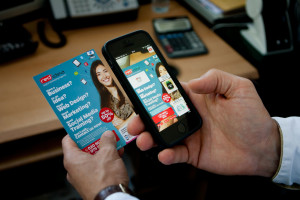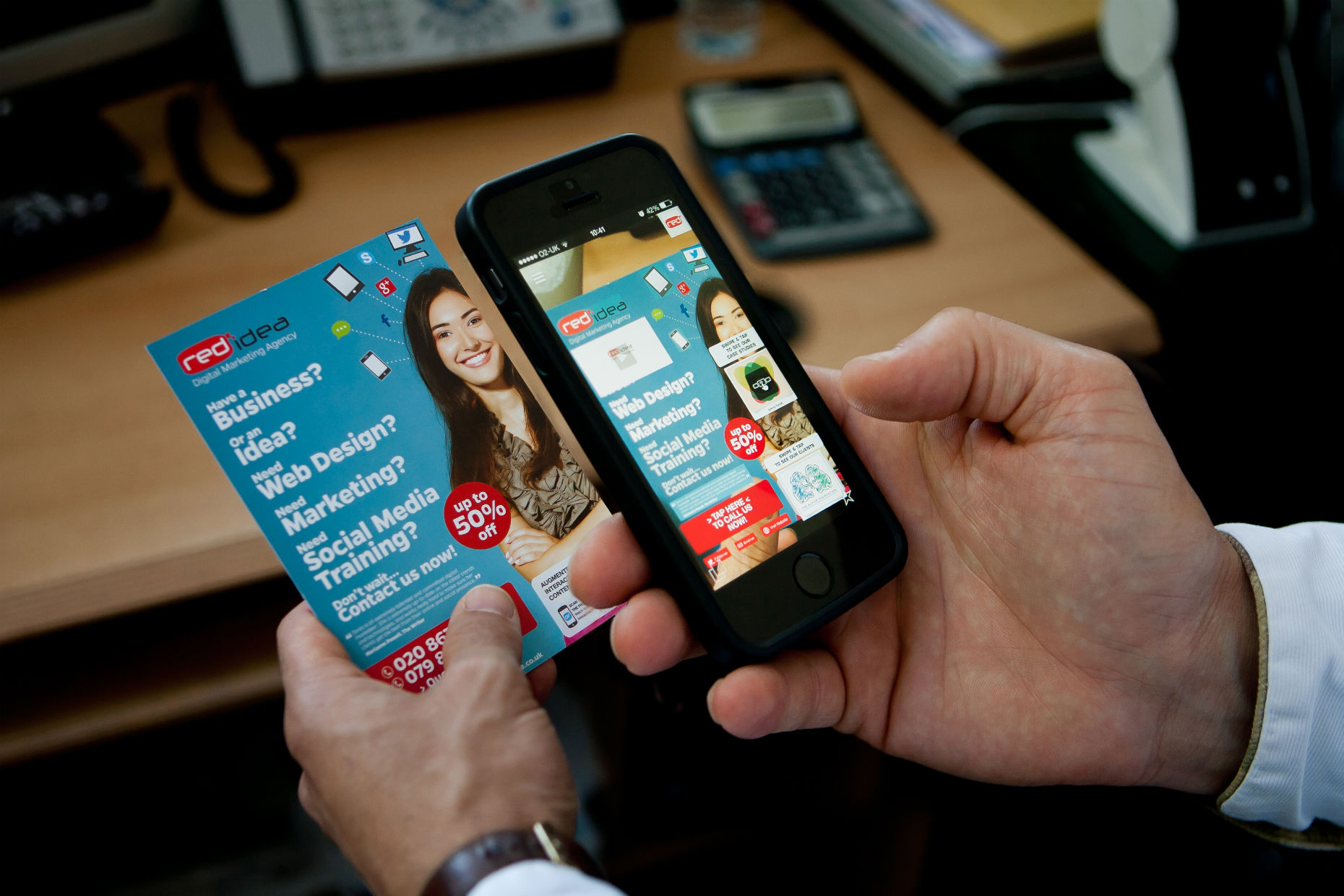Augmented Reality (AR) will be become vital for companies given the spread of new wearable technology devices such as Google glasses.
More information: www.redidea.co.uk
If you have watched Terminator, Minority Report or the latest Iron Man, you will have been exposed to AR: the blending of virtual reality and real life a digital layering of the real world.
AR is not a new technological concept. It provides a digitally enhanced view of the real world. It makes meaningful connections to our lives, and up to now has largely been confined to Sci-Fi movies. But not any more. It is becoming available to us all.
With the increasing use of mobile devices in our daily lives, AR is now ever more likely to be within reach of all of us. How we use technology is changing. Google glasses – the famous wearable computer from Google – have shown us the future. And it is set to become the next consumer must have.
Responding to this, companies are now exploring new possibilities in advertising in an Augmented Reality enabled support. We believe that this is not the sole preserve of large corporates with huge funding profiles. This is something that small and medium enterprises can utilise too.
Augmented reality for small businesses
Tania Jackson, director of the digital marketing agency Red Idea, explains that small companies can utilise this technology in a very simple way: “Businesses daily materials, such as flyers, cards or even brochures, can already be enriched with digital content”.
This content is now available to be read through a mobile device, bringing to customers 3D content about a company and its products. According to Ms. Jackson, this is an excellent way for businesses to set themselves apart from the competition.
“A company can strengthen its brand through the content that it offers to its customers. In a world where we have a huge level of content and information at our disposal, innovation is a key to ensure that businesses can distinguish themselves from the rest, enhancing customer interaction.”, she says.
Moreover the cost of running an AR campaign can be substantially cheaper than other forms of marketing:
“The cost-benefit of an Augmented Reality campaign can be easily measured when considering the level of engagement that it creates with its customers”, Ms. Jackson adds.
Furthermore, Tania points out that in future, advertising will become ever more entwined with the possibilities of AR provides. It will soon become a central consideration in marketing strategies, and Red Idea firmly believes that businesses should take advantage of it now.
“Some years ago, we were talking about QR codes and the way they would lead to links in the web. Now we already have a much more interactive approach with AR. However, with the spread of wearable devices as Google glasses, AR (along with Geolocation technology) will allow companies to advertise in real time, directly to a device user which happens to be in that specific location”.
To know more about Augmented Reality and how companies can benefit from this technology, you can contact Red Idea.
Credit Picture: Giovanni Fontana
Flyer enriched with augmented reality


